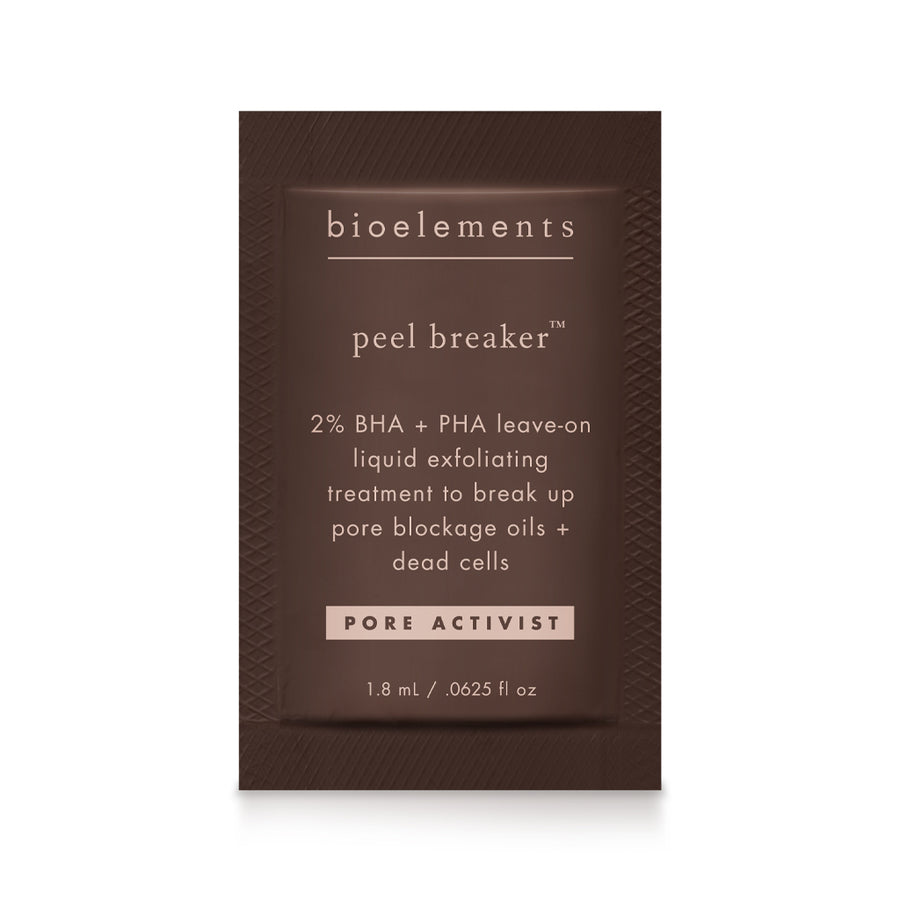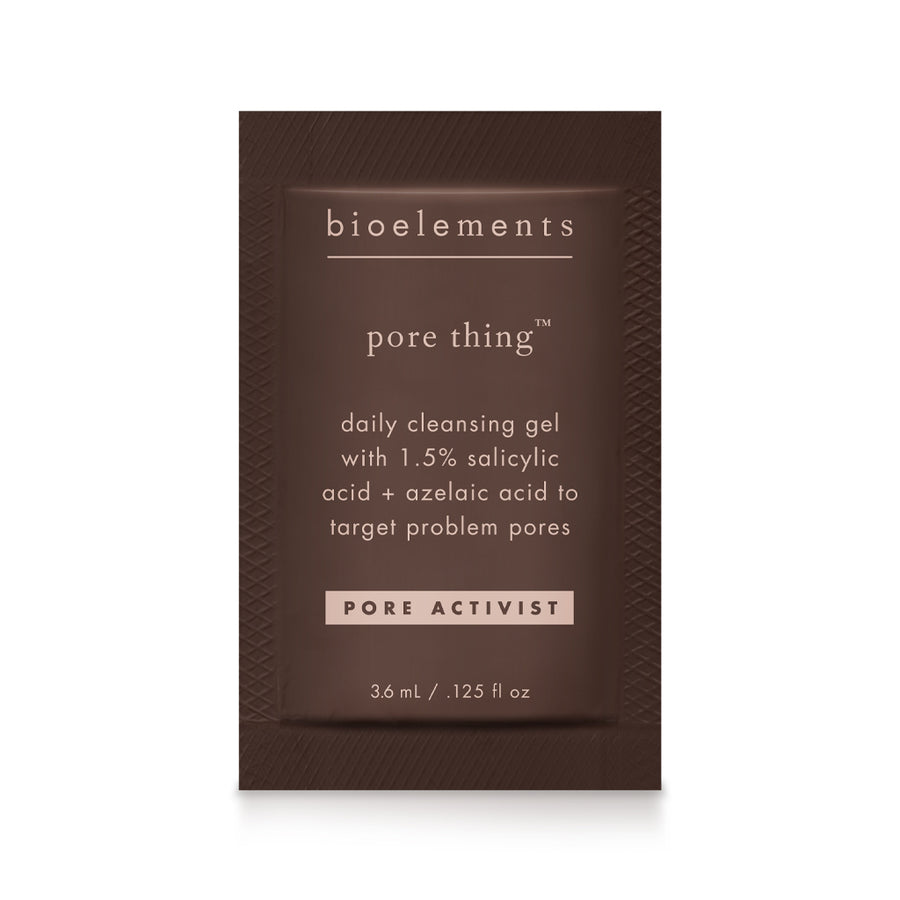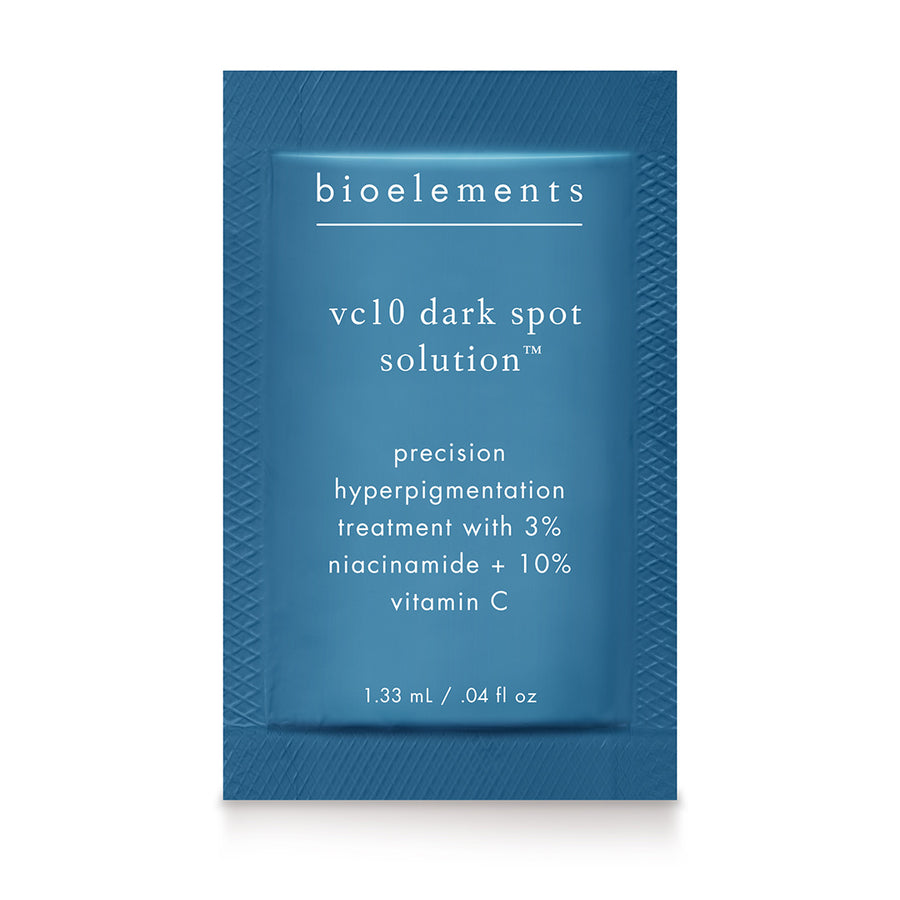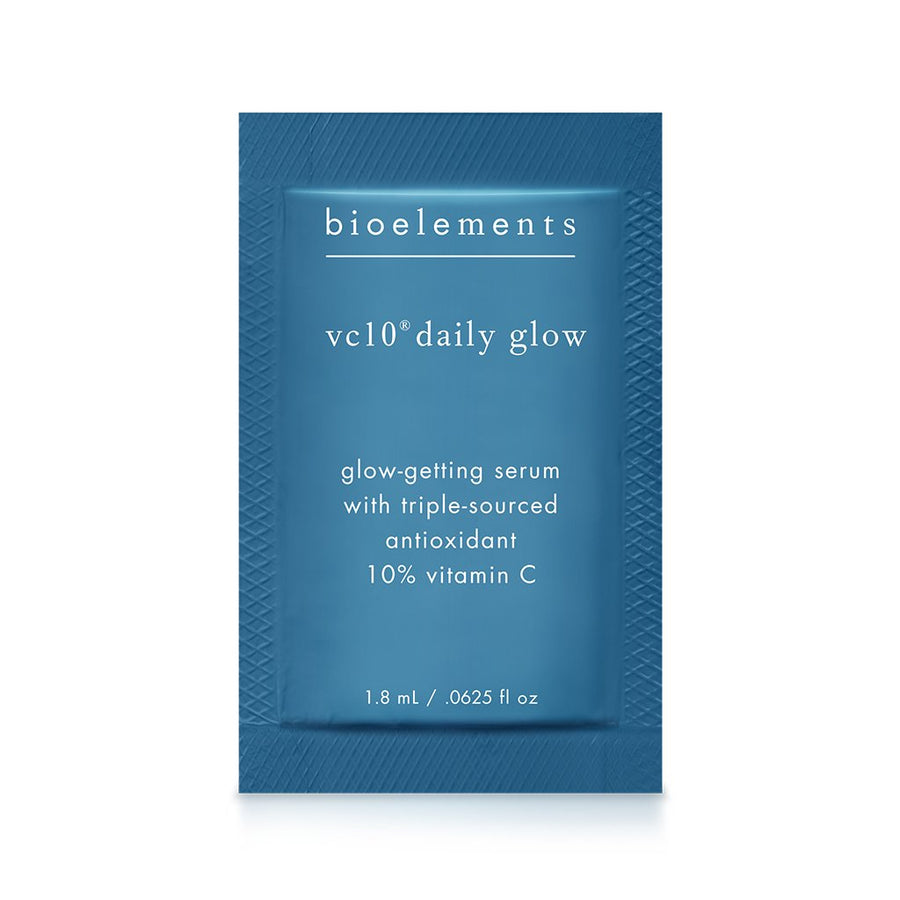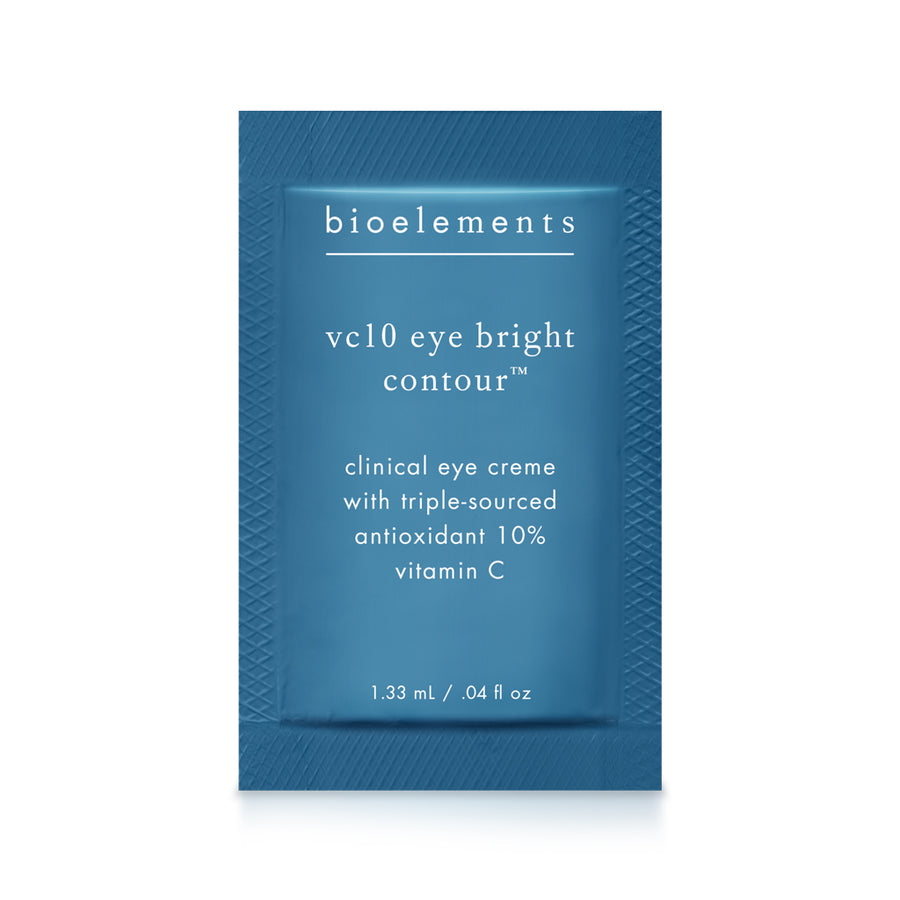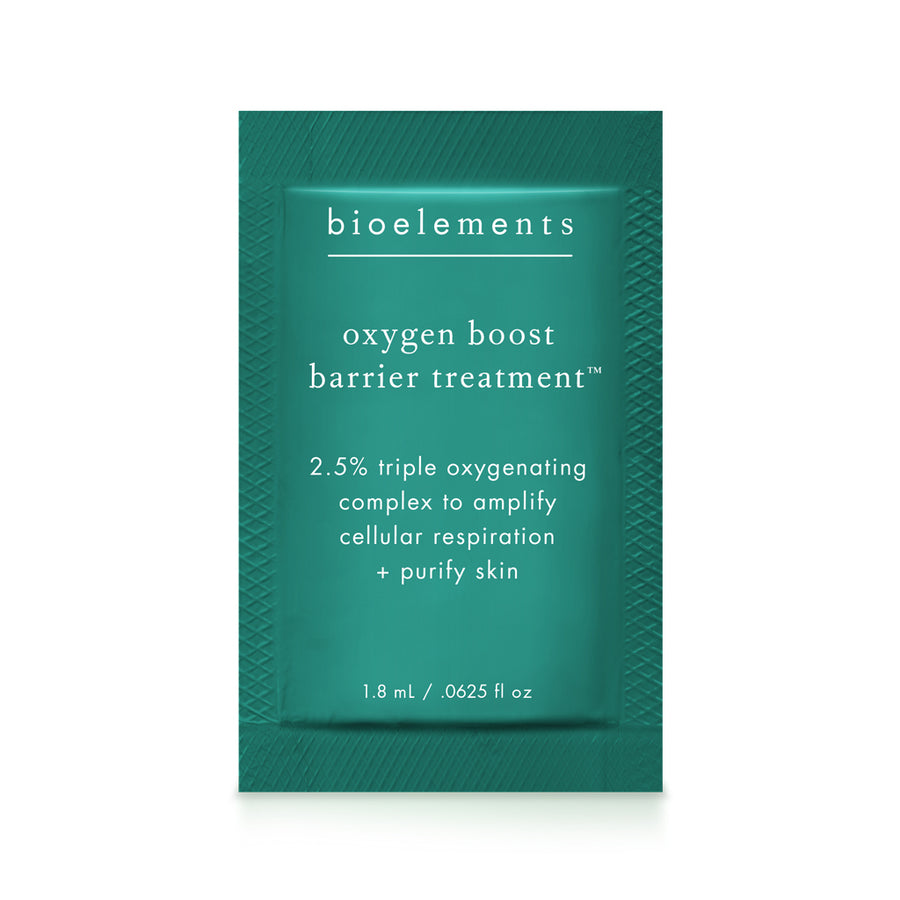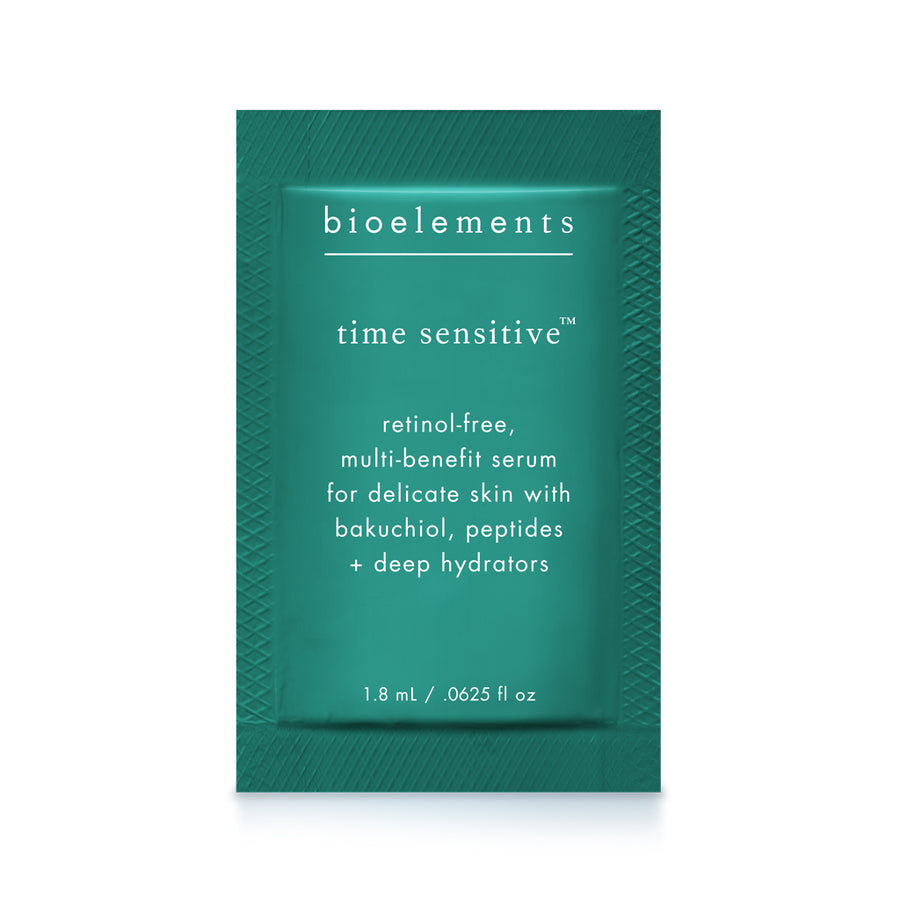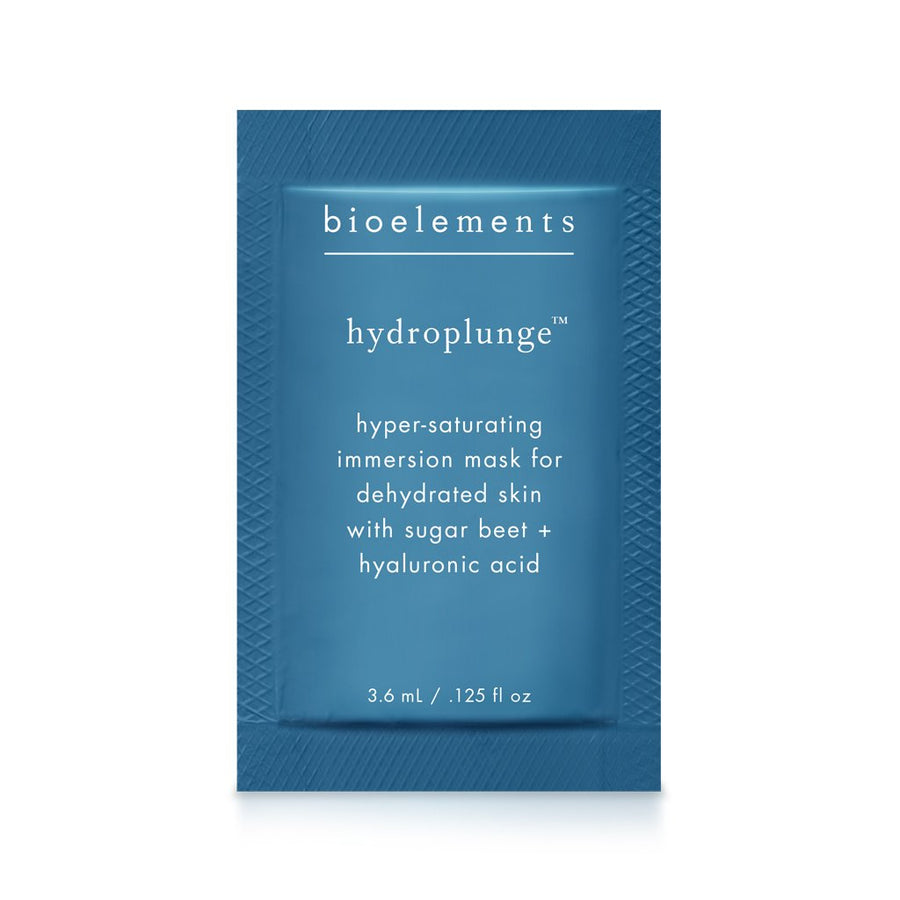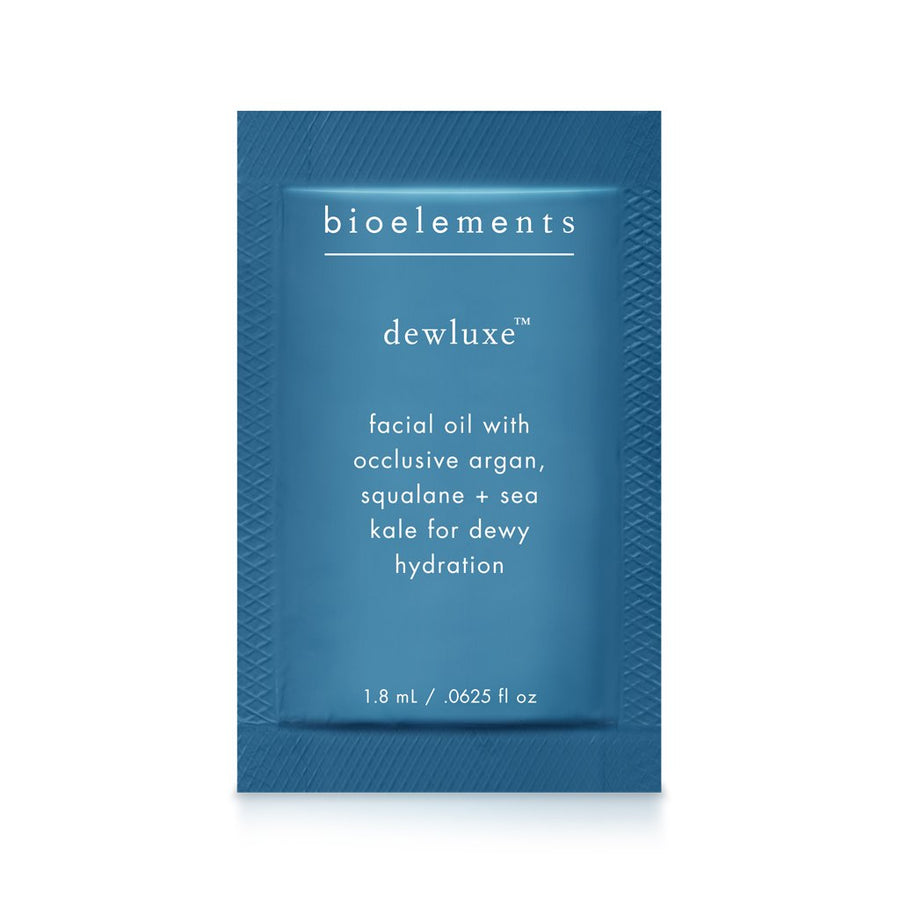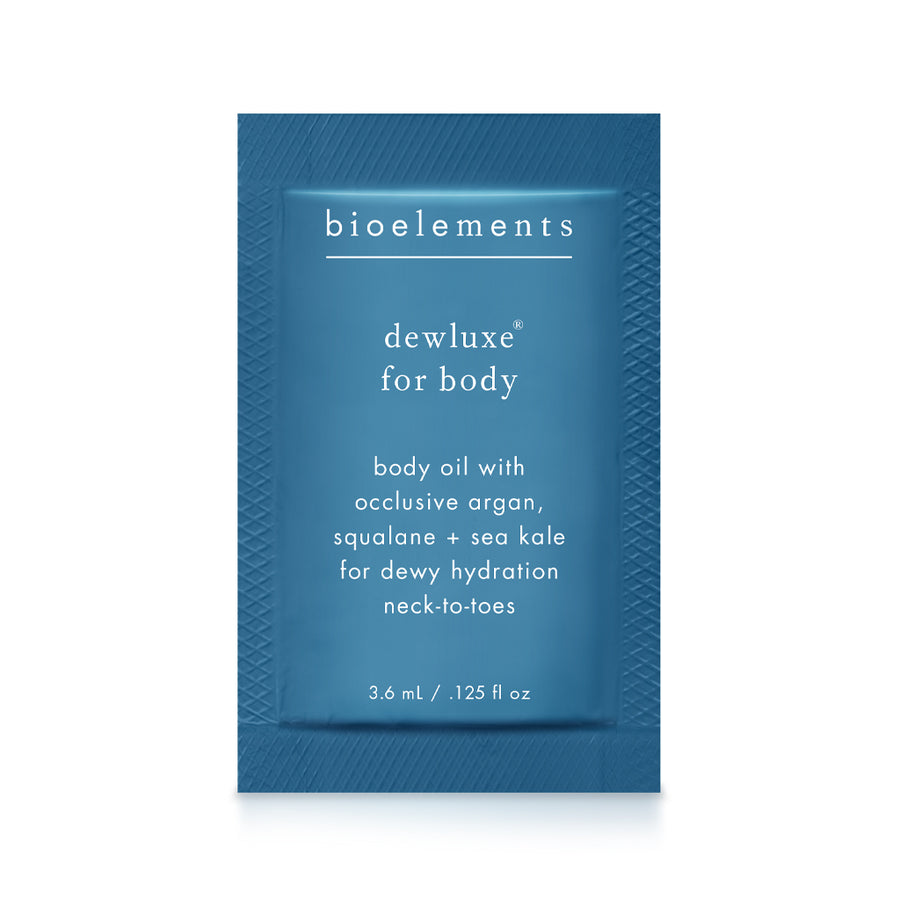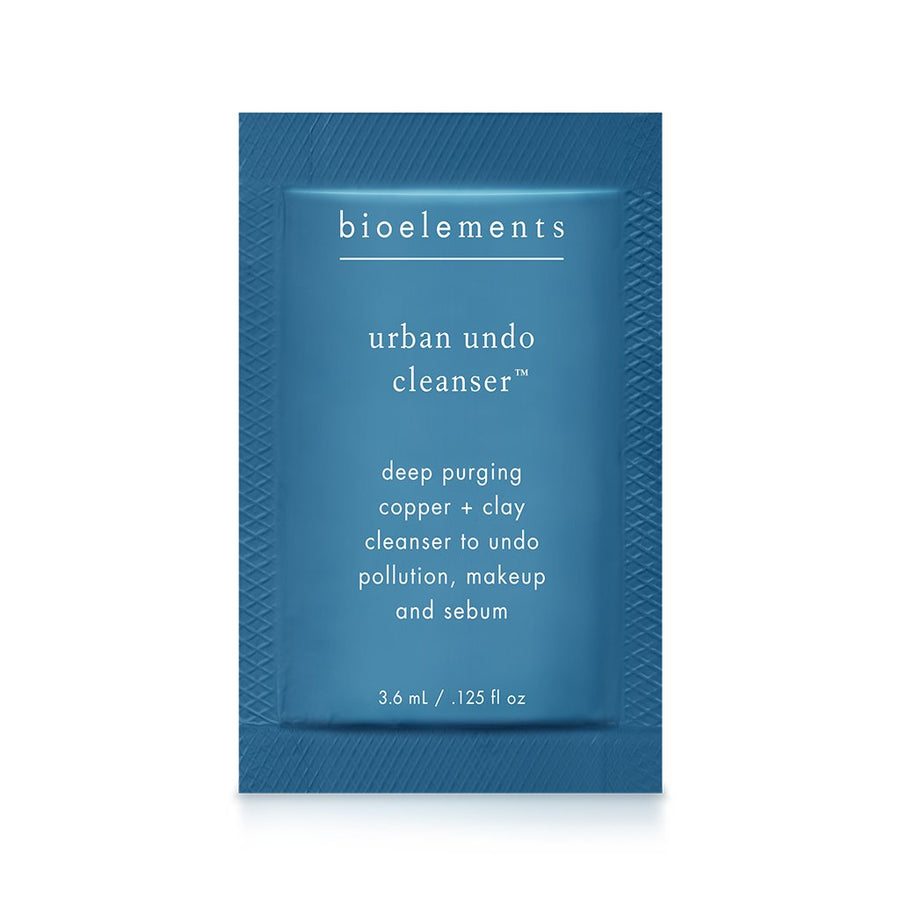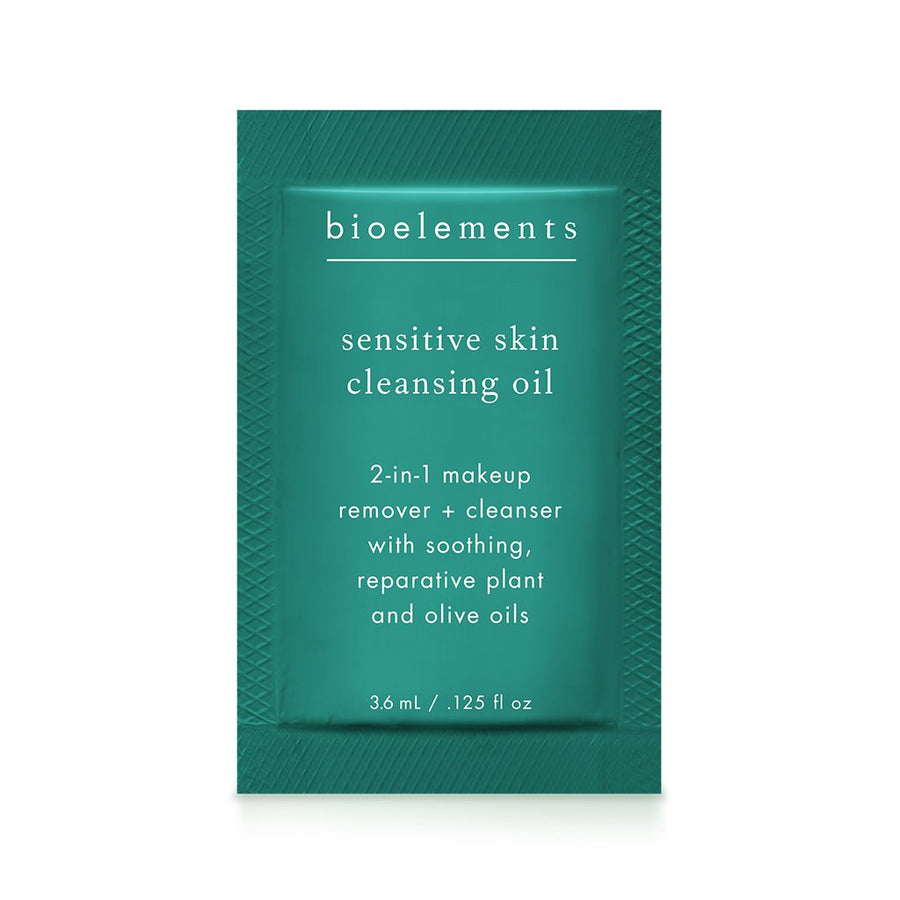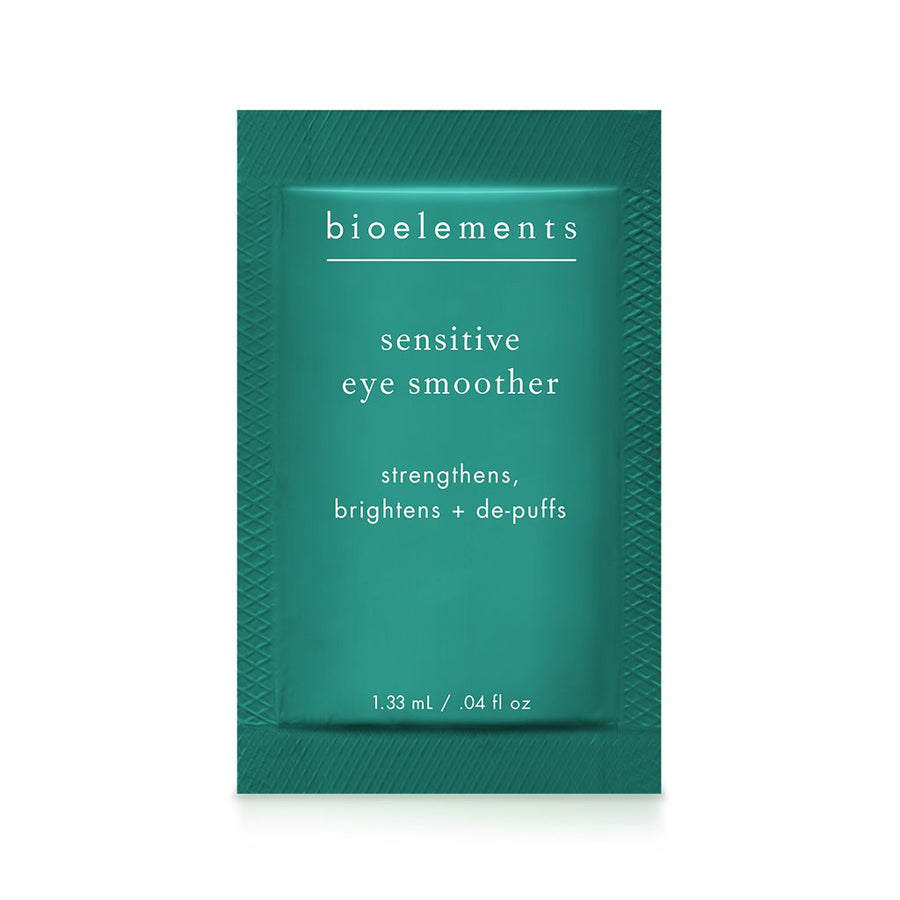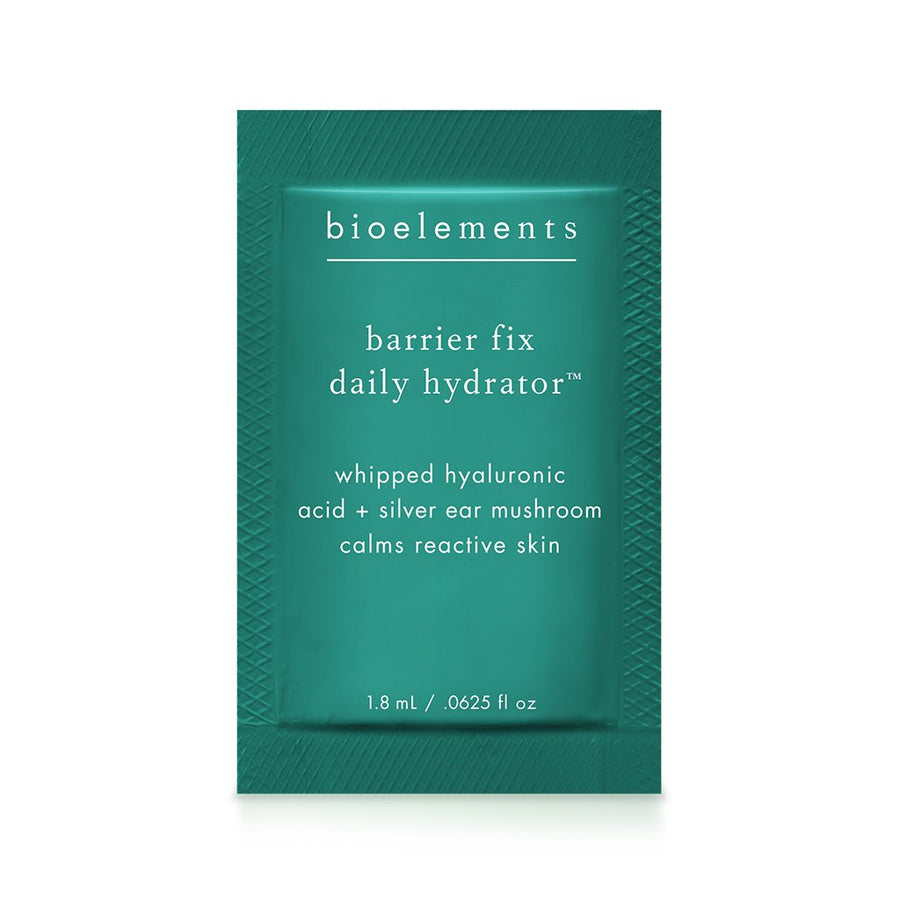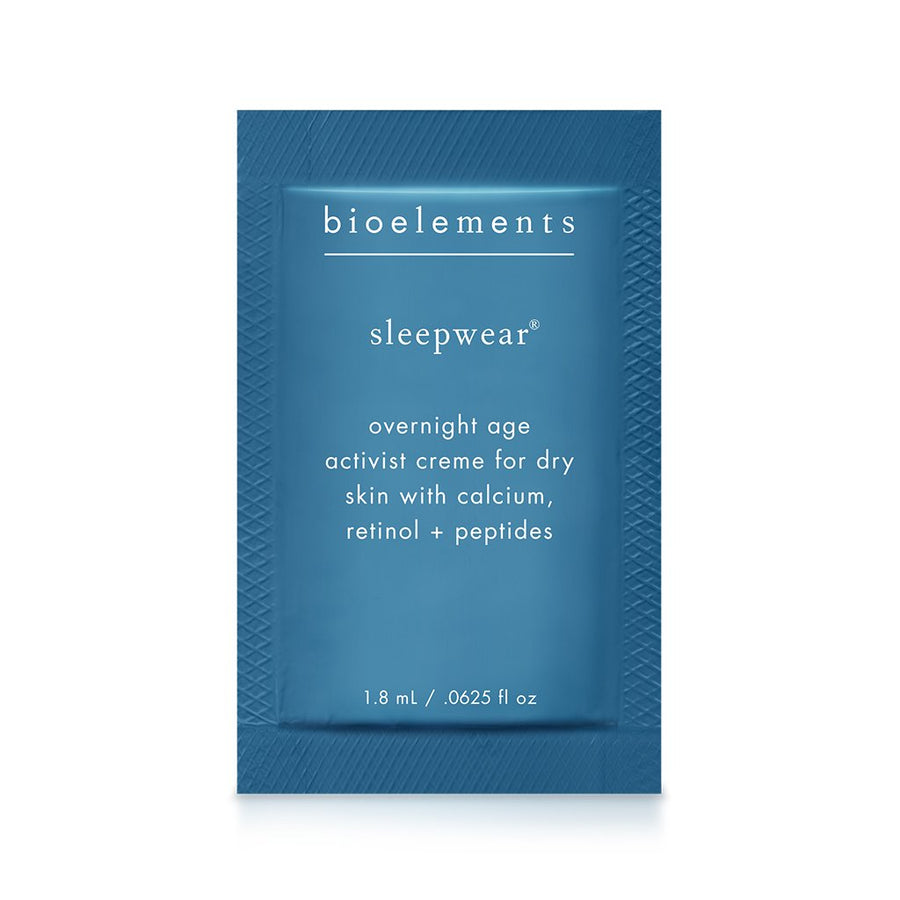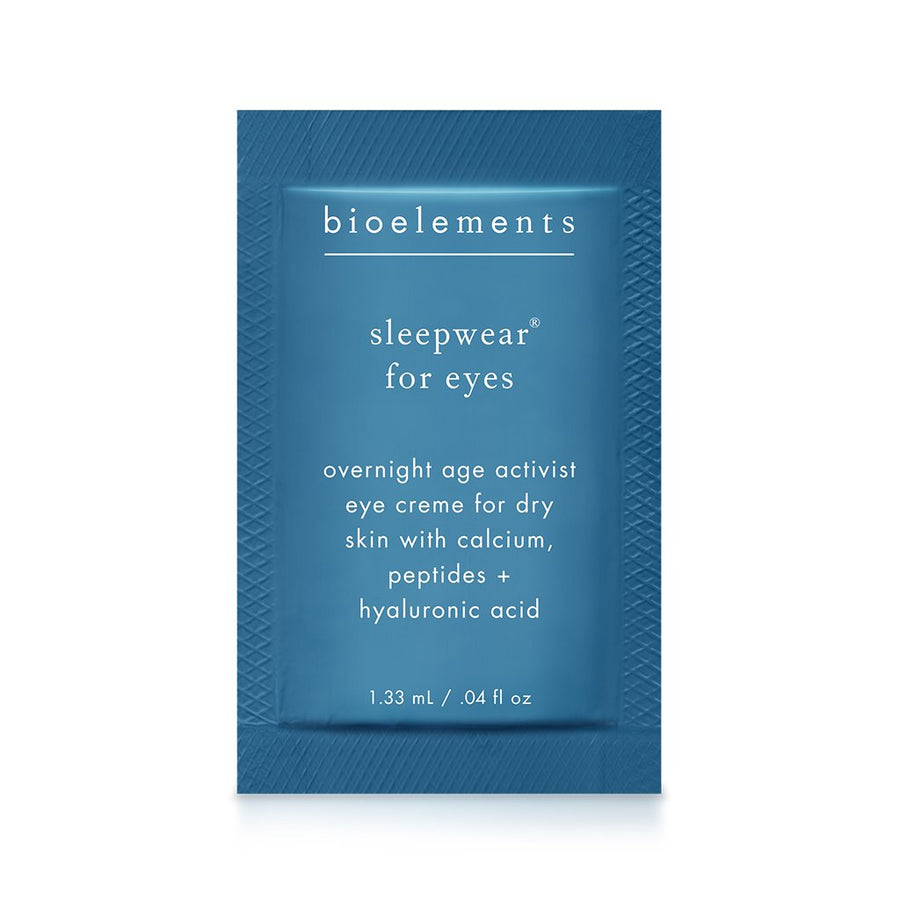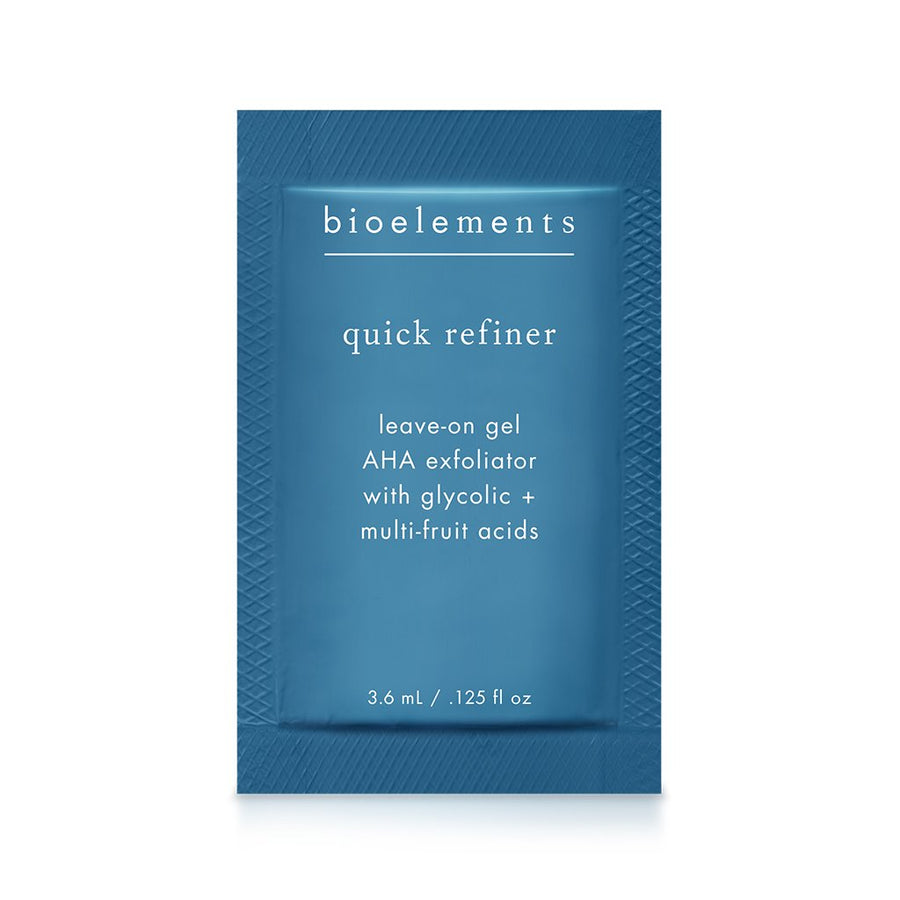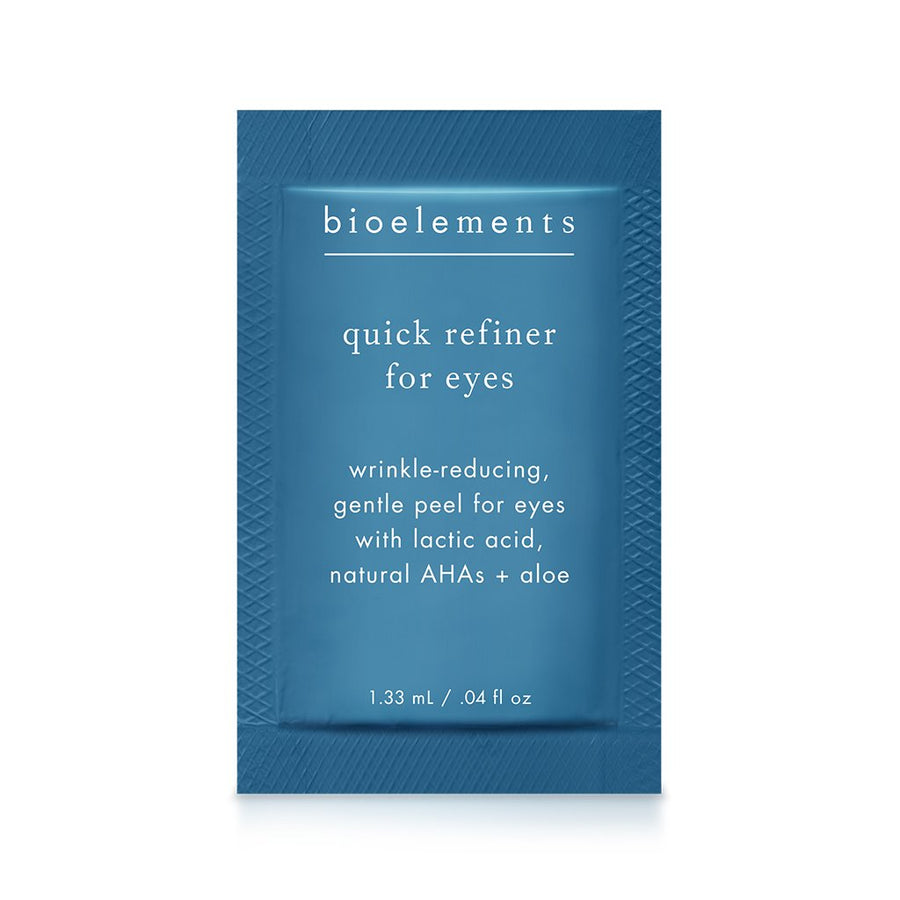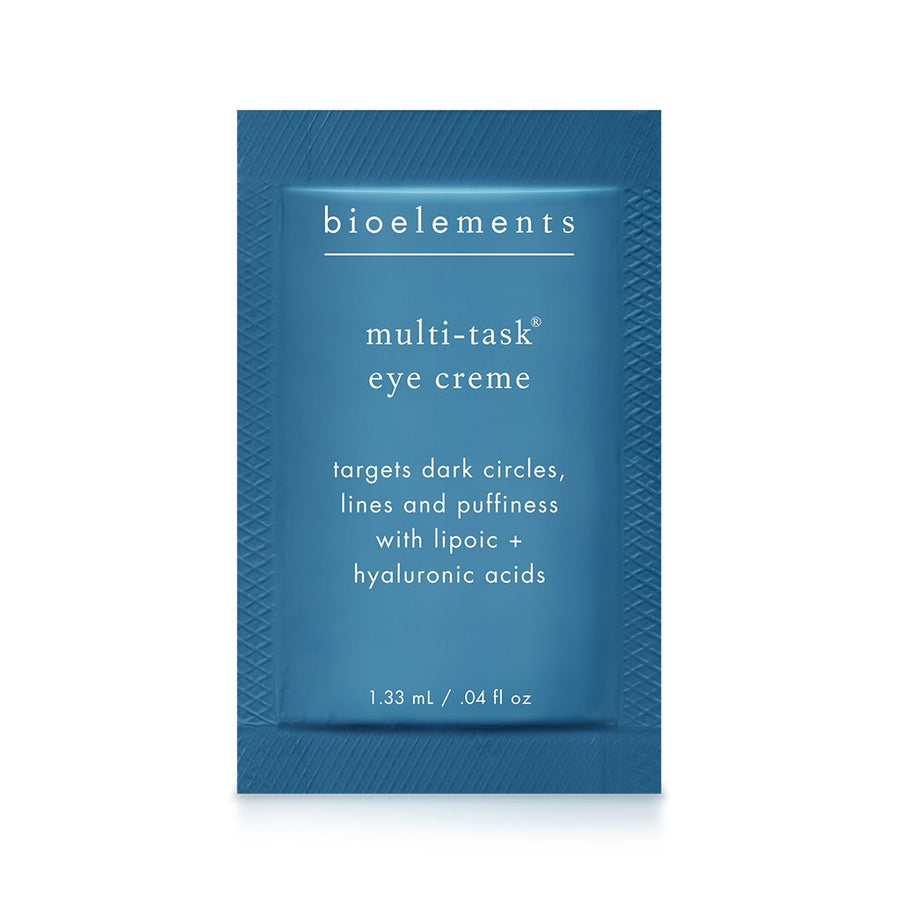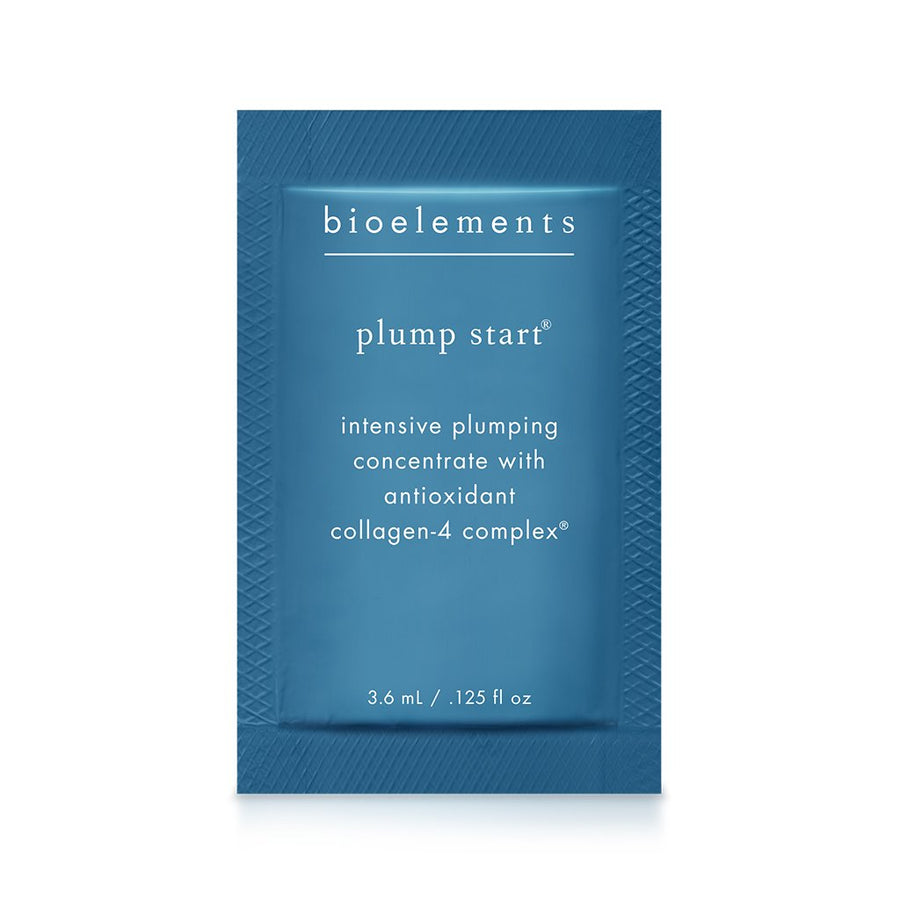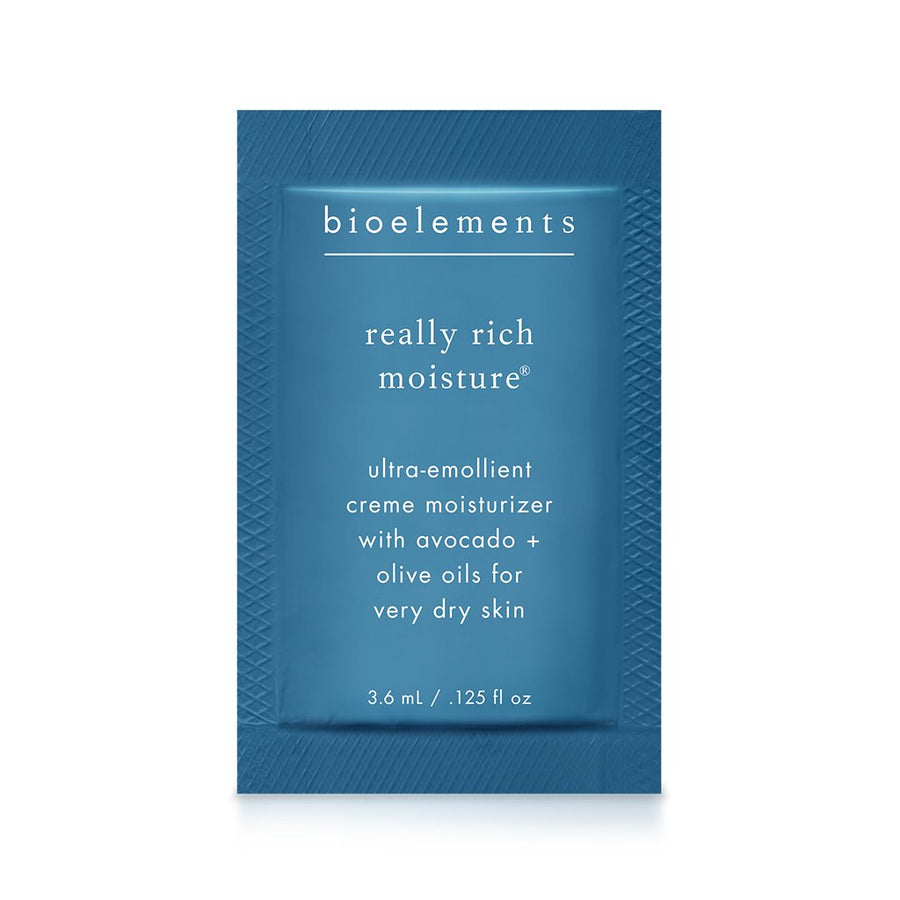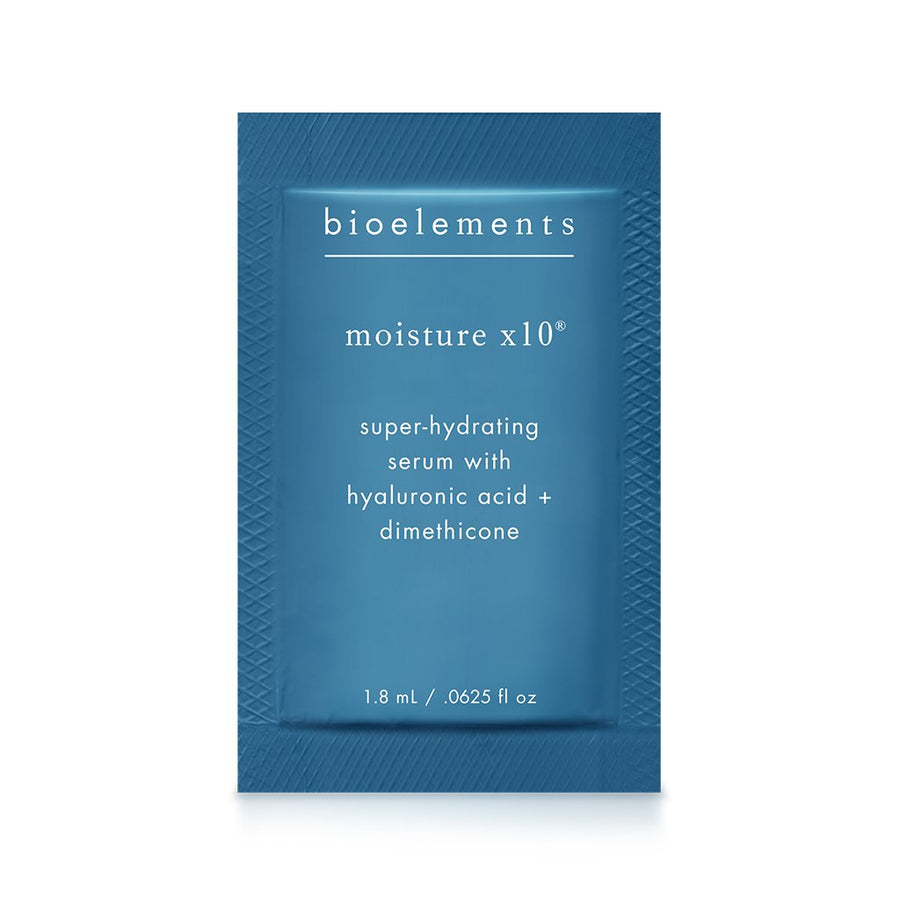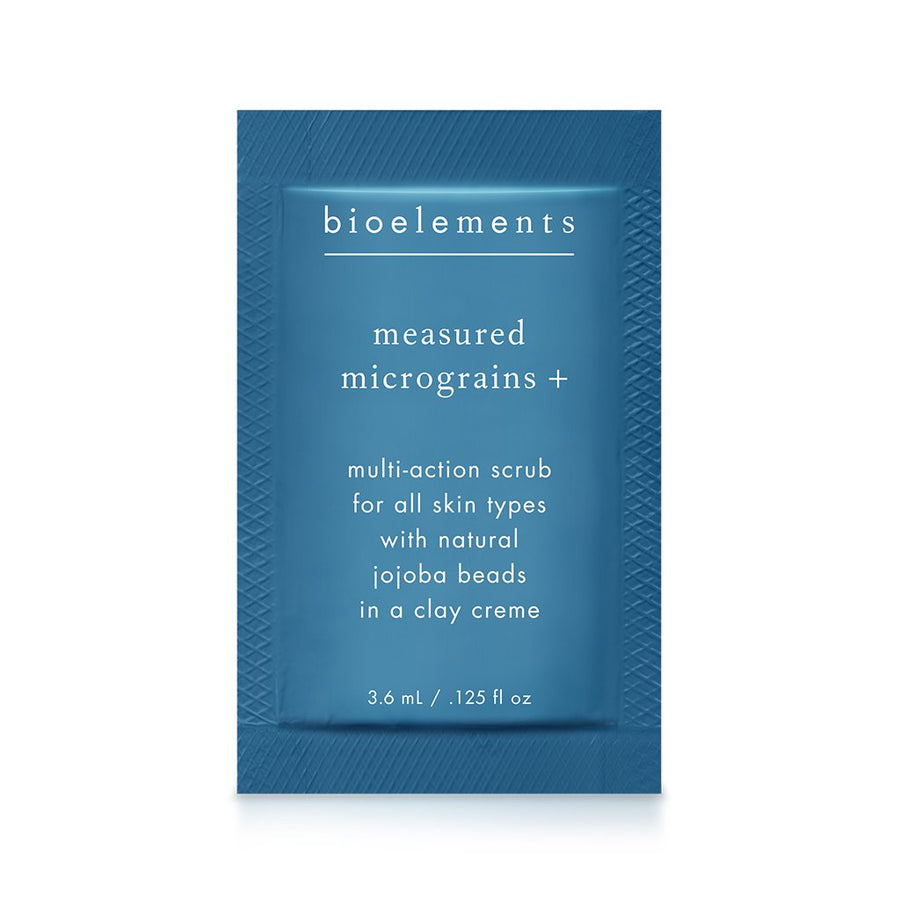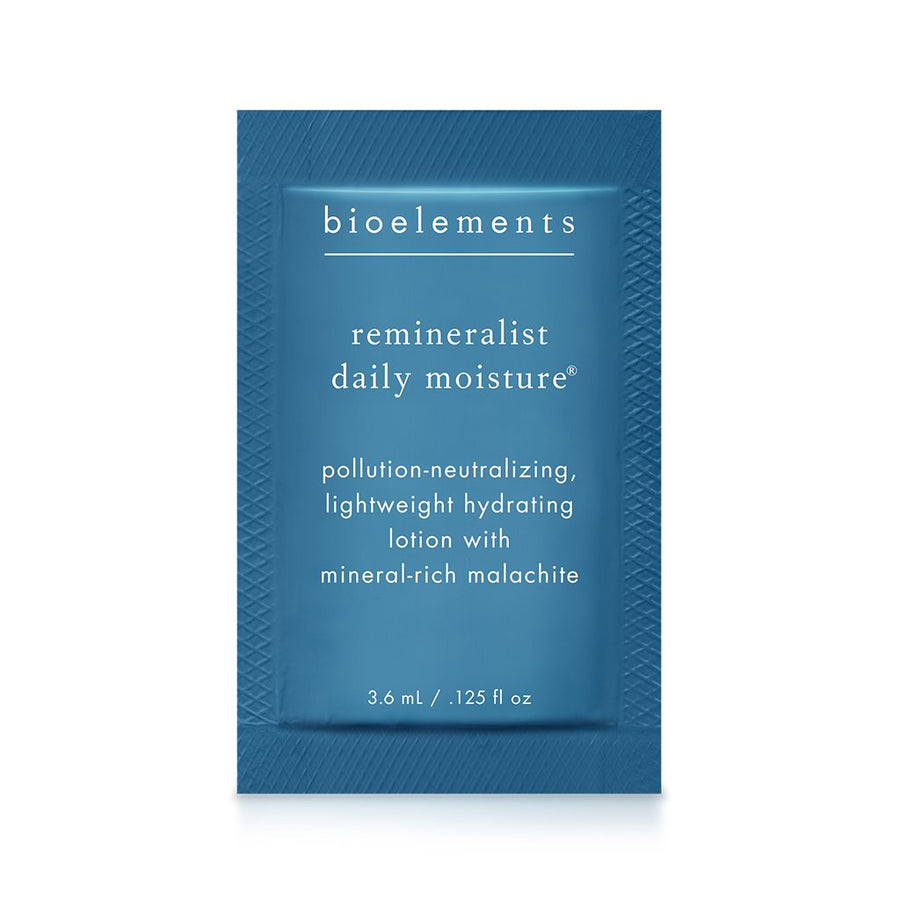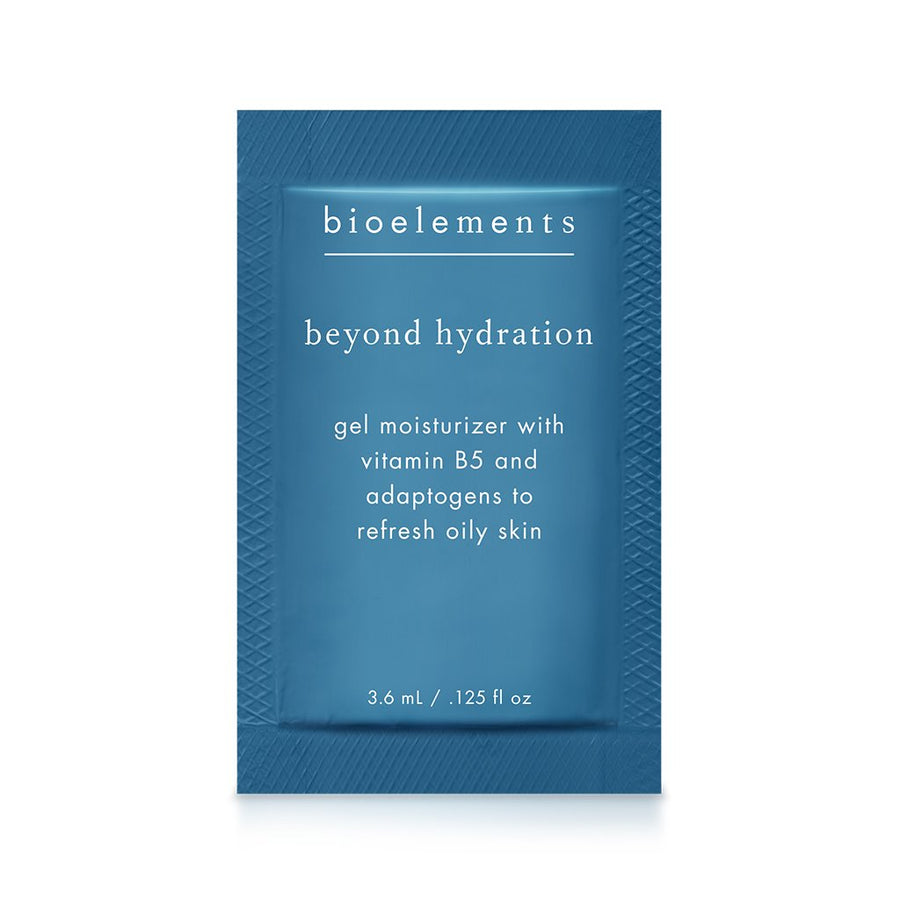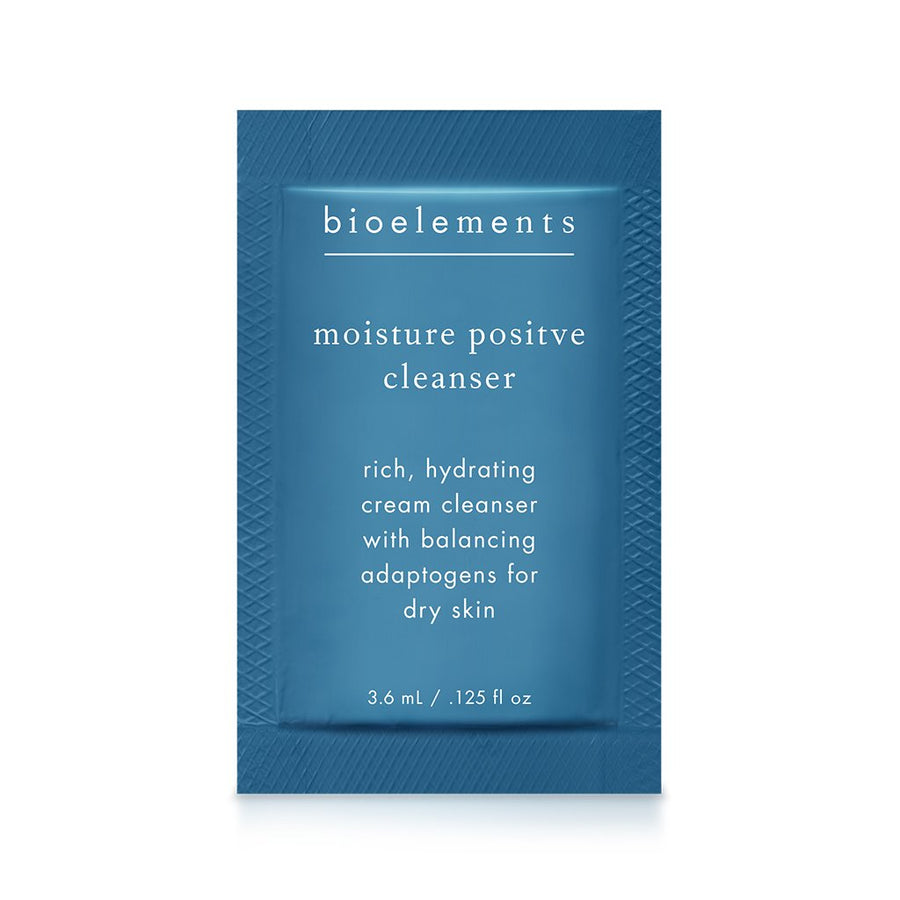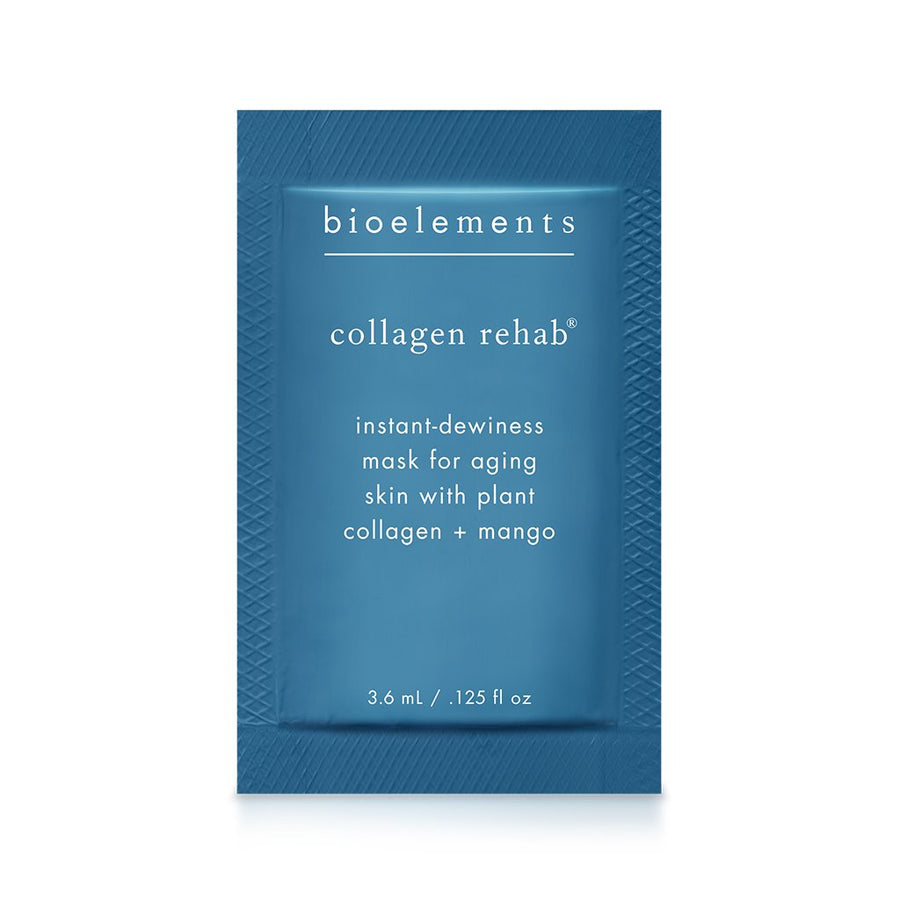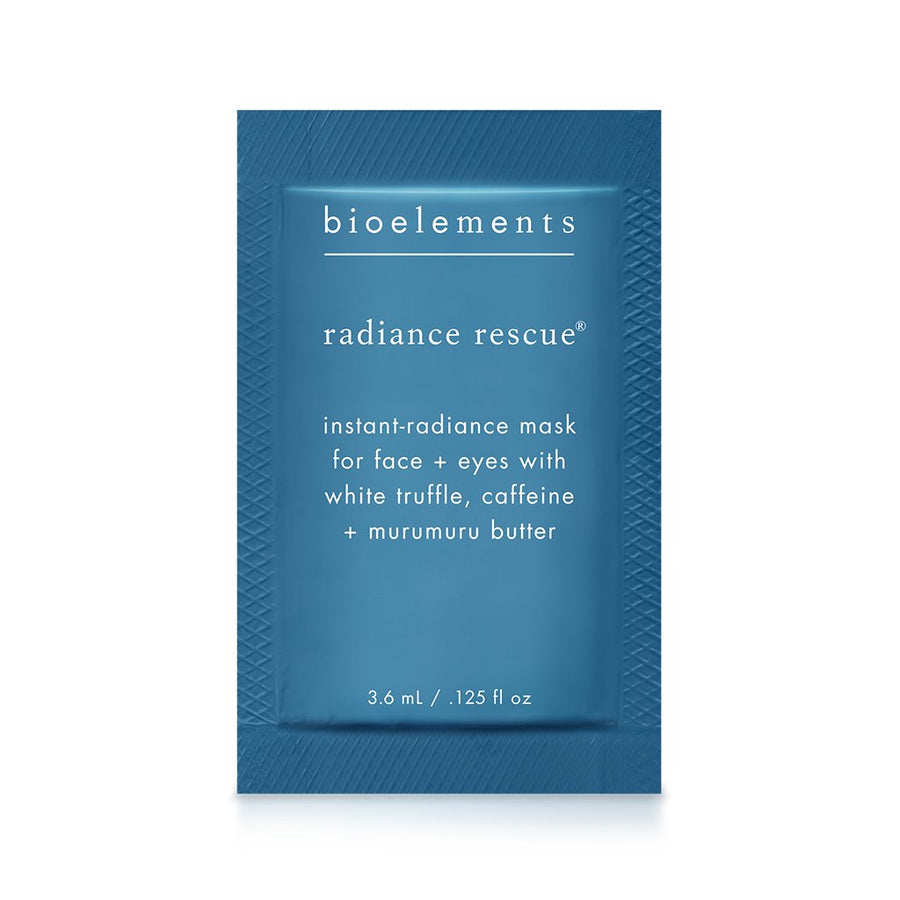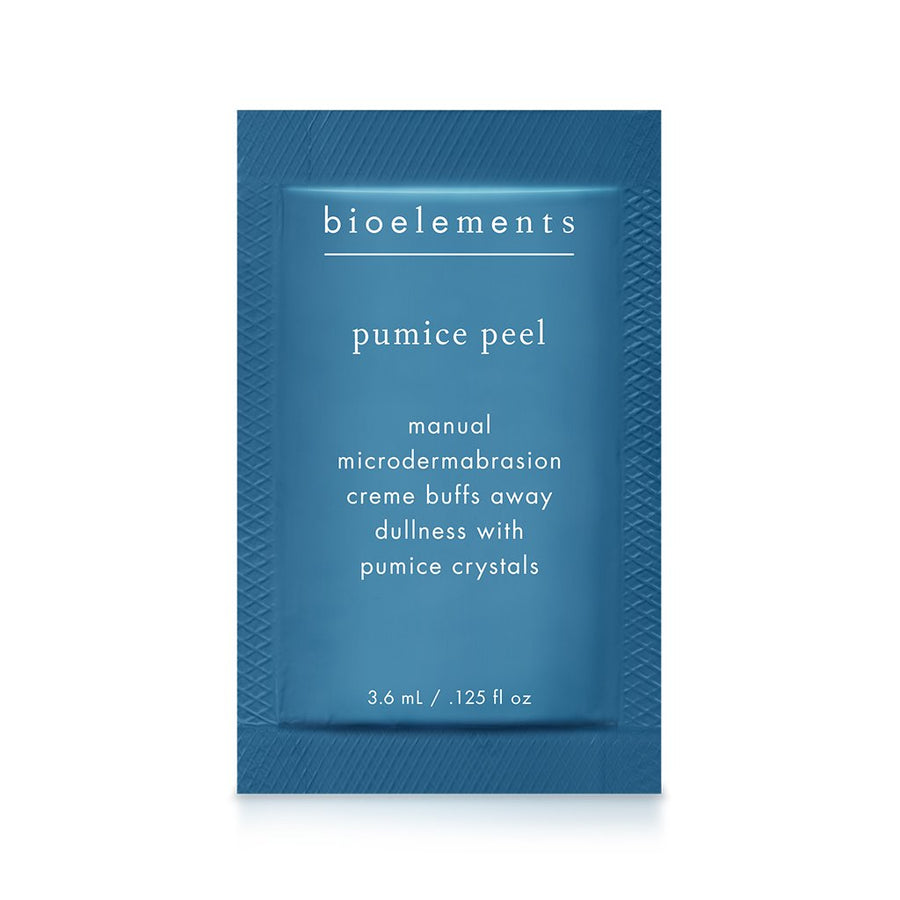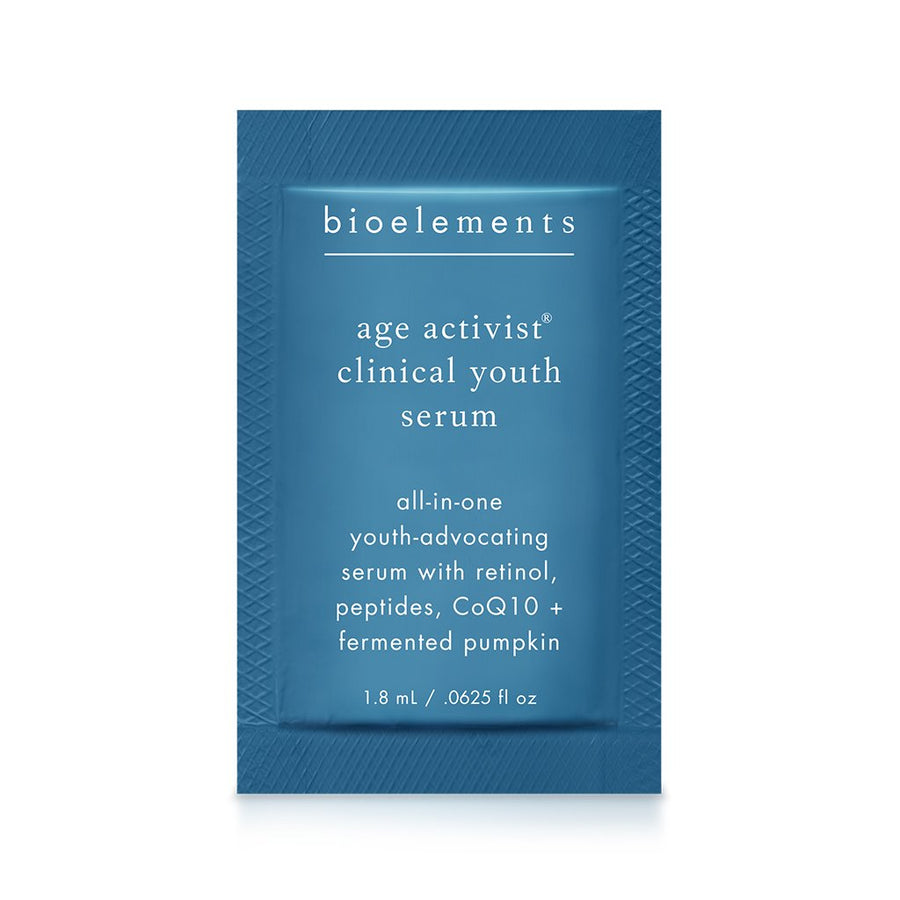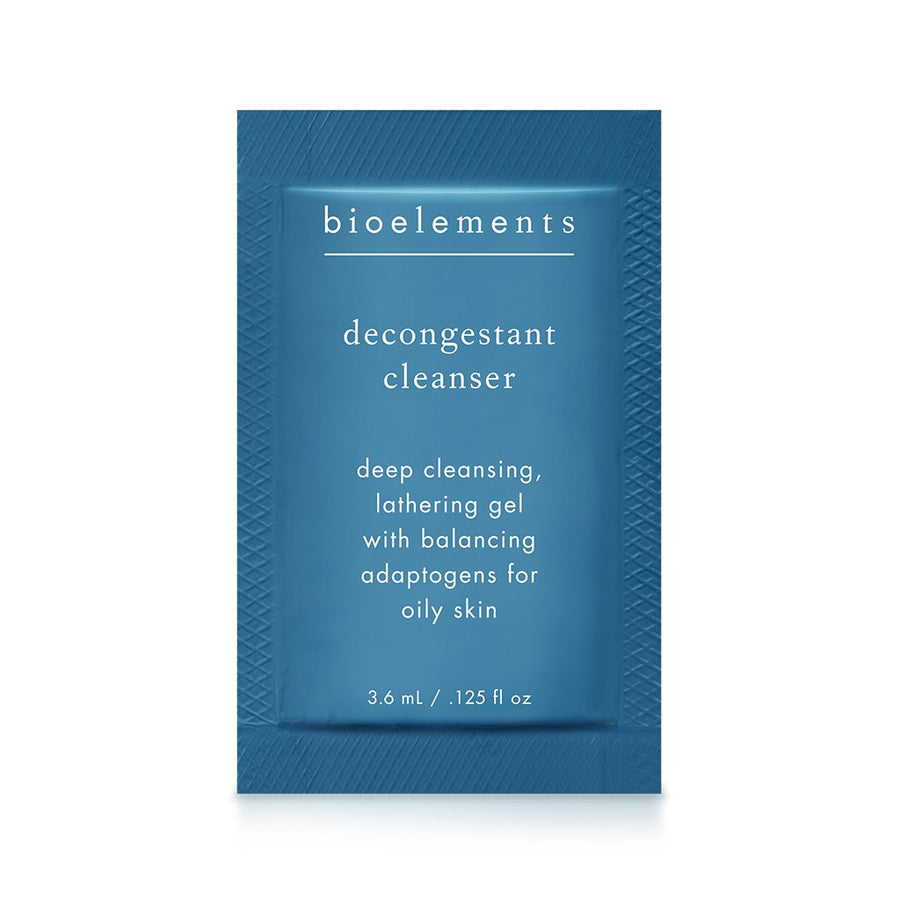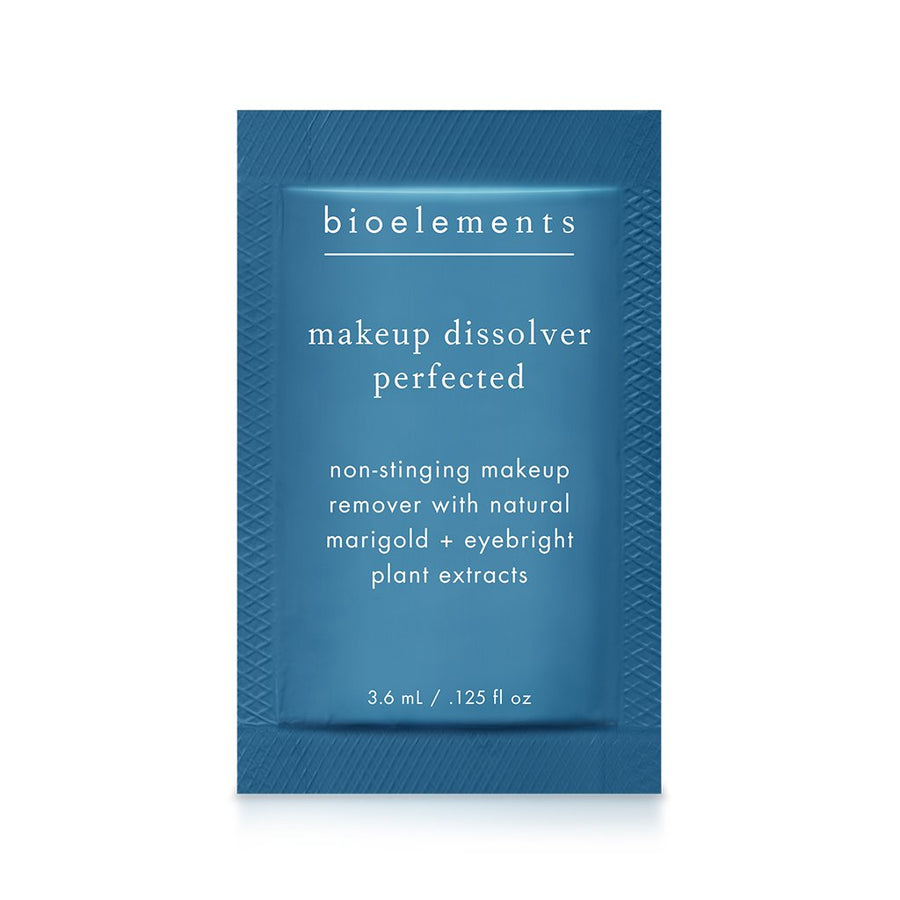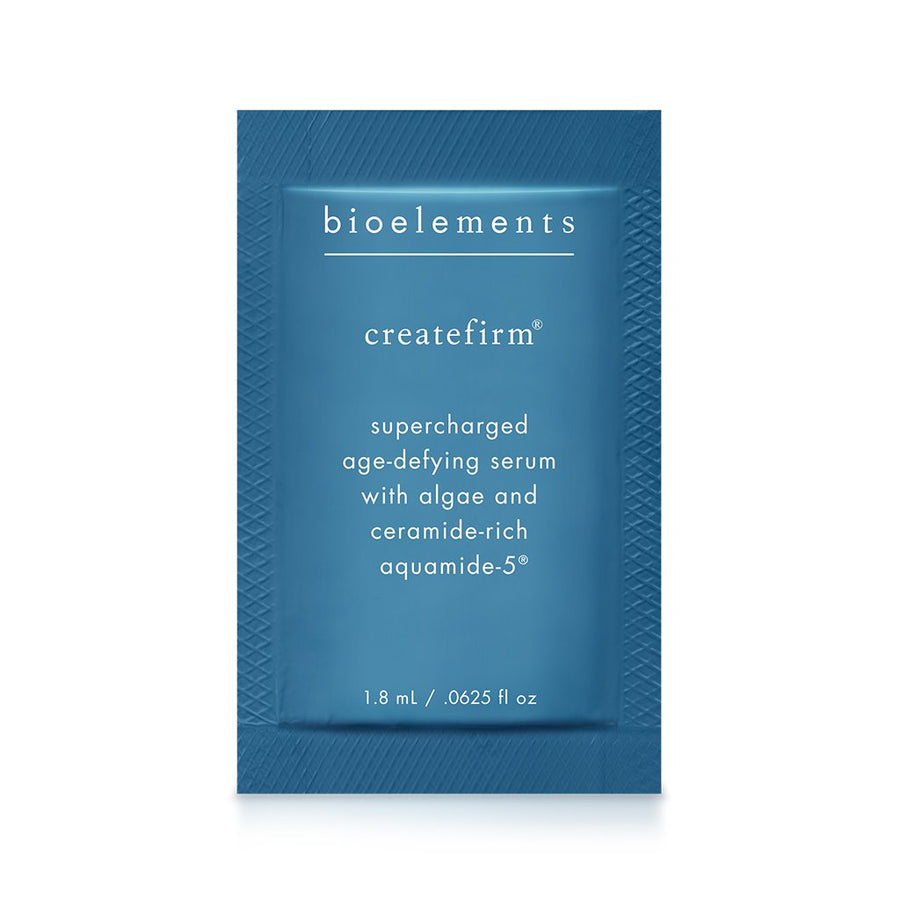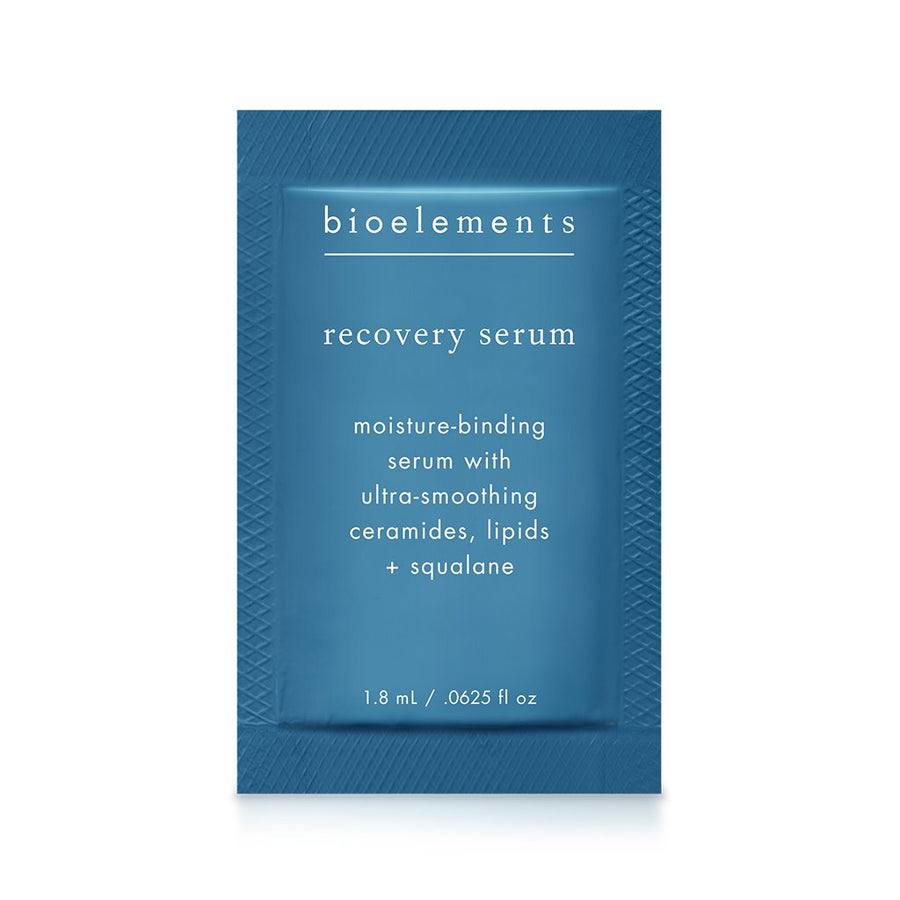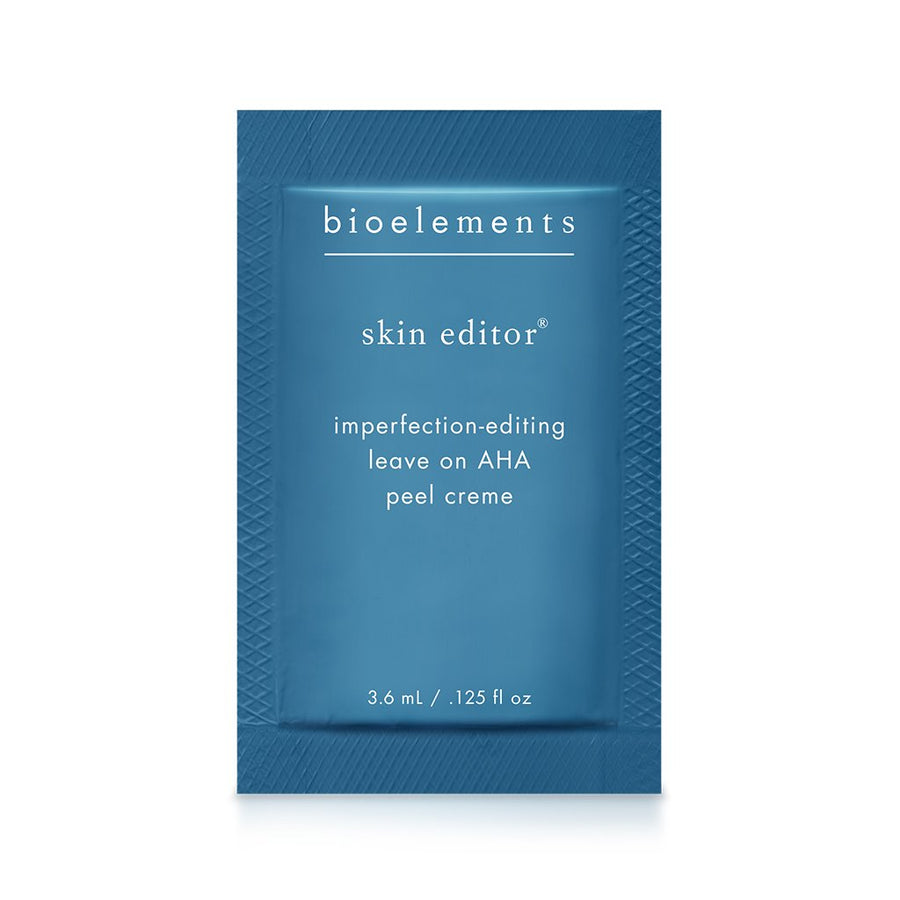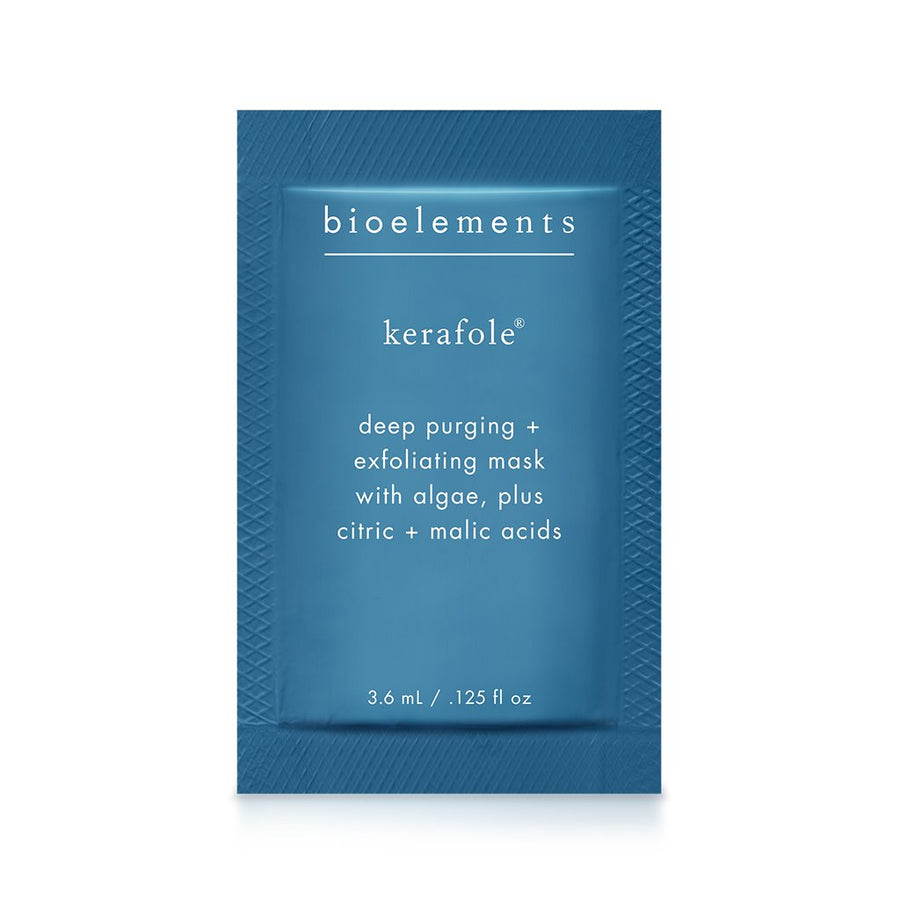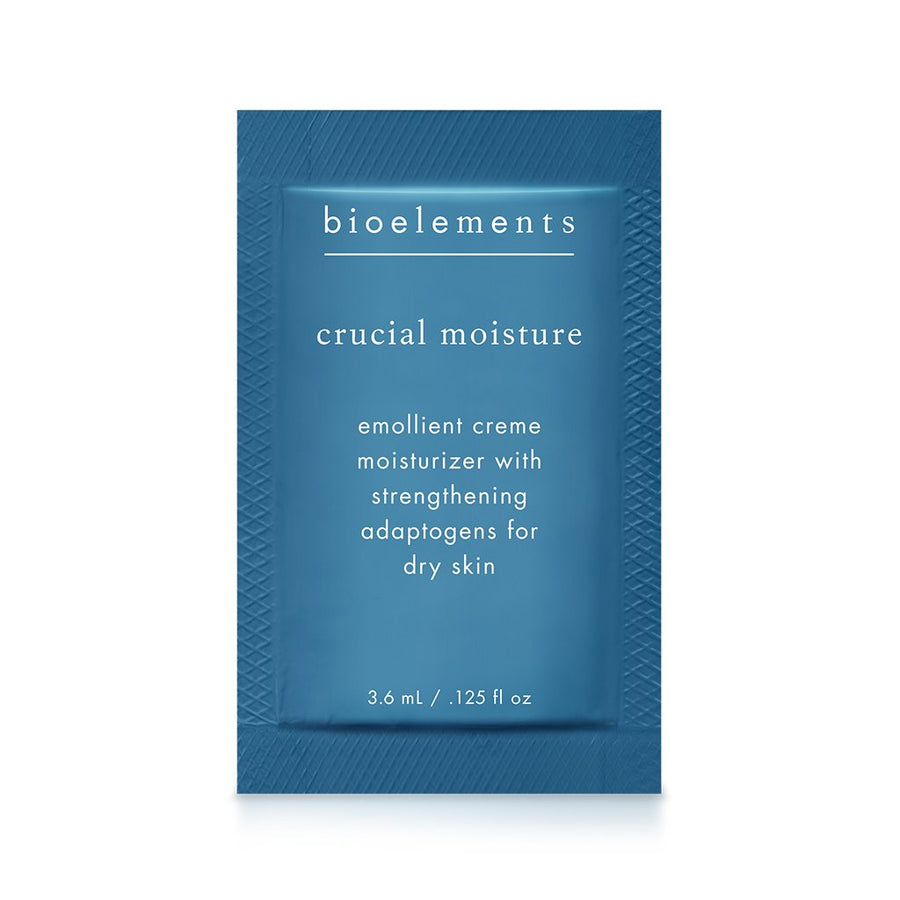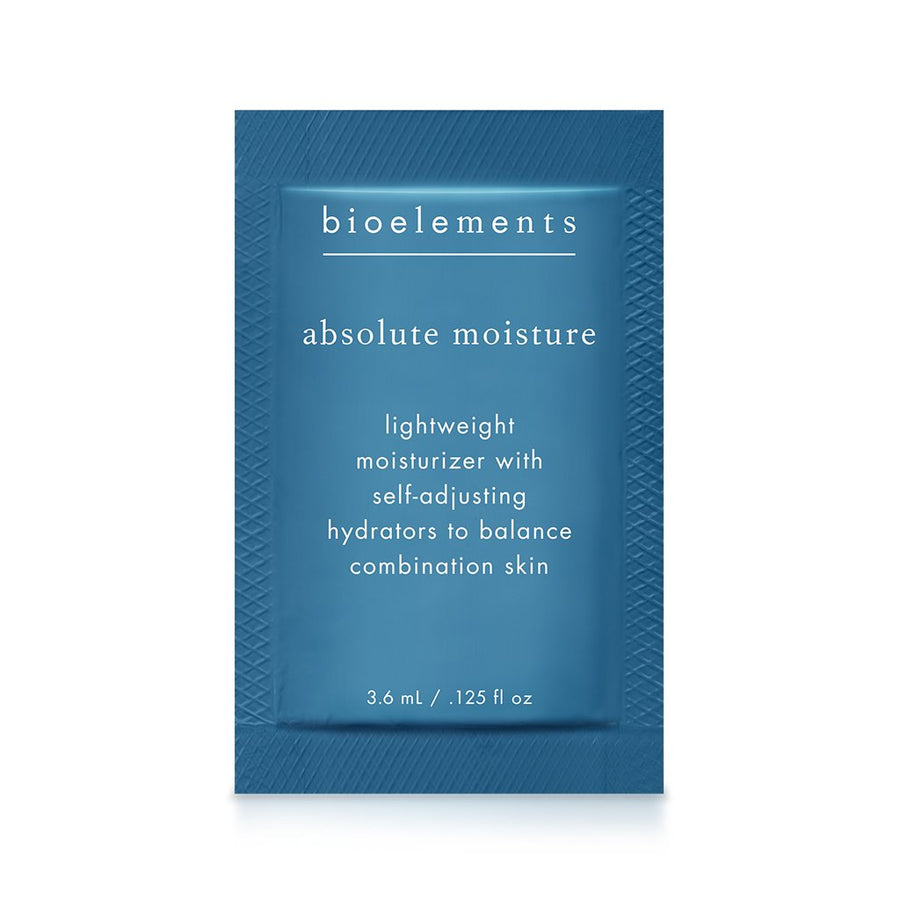Chemical peels are one of the most misunderstood spa treatments – many of us immediately think of tabloid magazine photos we’ve seen of a celebrity with red, flaking, painful-looking skin. But those images are the result of old, outdated chemical peel formulas that can result in some unpleasant side effects.
Today, omni-benefit, modern chemical peel formulas are a game changer. They can smooth texture, improve the appearance of wrinkles, brighten the skin, increase firmness and much more – without the flaking, redness or peeling that would make you want to go into hiding!
Keep reading to learn exactly what happens during and what to expect after a chemical peel.
“A client should receive a peel if they want dramatic, instant glowing results. Peels can improve fine lines, wrinkles, pigmentation, clogged pores, and so much more.” – Nina Holt, Licensed Esthetician, Westwood Studio and Spa
What to expect after a chemical peel: modern vs. traditional peels
Traditional chemical peel formulas often believe in the philosophy that “stronger is better” and only contain one type of acid in a monster-strength percentage. Unfortunately this results in chemical peels that are ablative, result in a sunburn-like appearance and leave people to hide for several unsightly, itchy, skin-shedding days.
However, Bioelements vision has always been to “coax the skin into shape, never assault it”. So our peels detoxify, draw out aging environmental impurities, and leave skin glowing instead of flaking. These elegant formulas include a combination of multiple exfoliating acids – glycolic and lactic acids, plus extracts of exfoliating fruit acids – with natural buffering willowherb and aloe to prevent redness and irritation.
It is absolutely crucial to do your research before booking an appointment for a chemical peel. Find a spa here that uses a gentle, yet complex formula.
Glowing results from a Bioelements Professional Chemical Peel. Photo courtesy of @gabrielle.esthetician
“Chemical peels are an amazing way to transform your skin, but they often have a bad reputation! I always make sure that my clients are conscious of what the expectations are with any professional treatment, especially peels.” – Amber Murphy, Licensed Esthetician, Advanced Skin Care Suite
What happens during a chemical peel
If you’ve chosen a spa that uses modern, multi-acid and omni-benefit formulas, then this is what you can expect during your treatment:
- questions from your esthetician: Don’t be alarmed if your esthetician is asking questions continuously. In fact, that means they’re doing their job correctly! There are signs of peel irritation that aren’t always visible to the naked eye, so it’s important for your esthetician to inquire about them while they’re performing the treatment. Don’t hesitate to speak up about how your skin feels throughout the treatment. Your esthetician will know which sensations are normal and how to handle those that aren’t.
“I always encourage my clients to be comfortable with communication during peels. That is how I can better evaluate if they are experiencing any discomfort with their treatment and what their long term skin care goals are. Communication is key!” – Murphy
- tingling or itching: These two sensations are completely normal, especially for those receiving their first chemical peel. However, if you are experiencing anything beyond slight tingling or itching, let your esthetician know immediately.
“A little bit of stimulation is completely normal, just means that the product is working. However, if you're starting to feel uncomfortable, speak up!” – Murphy
- temperature change: Some describe their skin as feeling cold after the peel has been applied, while others experience a warming sensation. Both temperature changes are normal as long as they aren’t painful or extreme.
“Clients will also be feeling a lot of coolness, which can surprise them, due to using cool water to remove and neutralize the peel and not hot towels that would overstimulate the skin.” – Holt
- tightness: The activated coconut charcoal in the Ultra-Detox Chemical Peel stimulates microcirculation and draws out impurities to detoxify the skin. While these are all great benefits, that ingredient can also cause the skin to feel taught. Again, as long as the sensation isn’t extreme, this is normal.
“The tightness sensation can actually feel refreshing!” – Holt
- no abnormal sensations: Bioelements formula is so gentle that those with resistive or tolerant skin might not experience any abnormal sensations at all. Don’t worry if you don’t feel anything- your peel is still working!
During a Bioelements chemical peel, our esthetician will gently glide their brush across your face the whole time to minimize any itching or sensation you may experience.
“After receiving a peel, you should not to go out in the sun without lots of SPF. You should also avoid prolonged amounts of time in the sun right after a peel, because there’s an increased risk of burning, which could damage your skin.” – Kimberly Horton, Licensed Esthetician, Wisteria Spa & Makeup
What to expect after a chemical peel
“Aftercare is extremely important so your esthetician should recommend at home products to repair, strengthen, hydrate and maximize the results from the peel. And definitely SPF!” – Holt
Worried about chemical peel recovery time? Unlike traditional chemical peels, with Bioelements there is zero flaking, zero pain, and zero downtime after your treatment. Here’s what to expect after a chemical peel:
- immediate results: The advanced peel technology removes the uppermost layers of the skin at a microscopic level. This will immediately tighten the skin, unclog pores, improve lines and leave skin with a younger, velvety-smooth texture.
- no irritated, flaking or bright red skin: There is no peeling after our chemical peels. Bioelements advanced, elegant formulas not only provide a completely controlled penetration throughout the epidermis, but also soothe and hydrate so there’s no irritation.
- no downtime: Bioelements chemical peels coax the skin into shape rather than assault it. You won’t have to go into hiding after your treatment, unlike traditional peels.
- professional recommendations from your esthetician: After your peel, your esthetician should provide you with product recommendations and instructions. These products will maximize the results you achieved in the treatment room, so it’s necessary to follow their advice to get the most out of your peel.
- slightly increased sensitivity: While your skin shouldn’t feel too sensitive, it will be slightly more sensitive to certain products, like exfoliating scrubs, after your treatment. You should avoid exfoliating at all for 48 hours after treatment to avoid irritation. If you have a series of peels scheduled over the course of a few months it’s okay to exfoliate between treatments, but be sure to use a chemical exfoliant (like quick refiner) instead of a physical one.
Make sure to be extra gentle to your skin after your peel. Drink plenty of water, moisturize your skin and avoid the gym for 24 hours after your treatment.
Have any more questions about what happens during or after chemical peels? Leave a comment below - we're here to help.
Ready to experience a Bioelements Chemical Peel?
Skin care pros:
Apply for access on our professional site to shop, learn, and grow your esthetics business.



